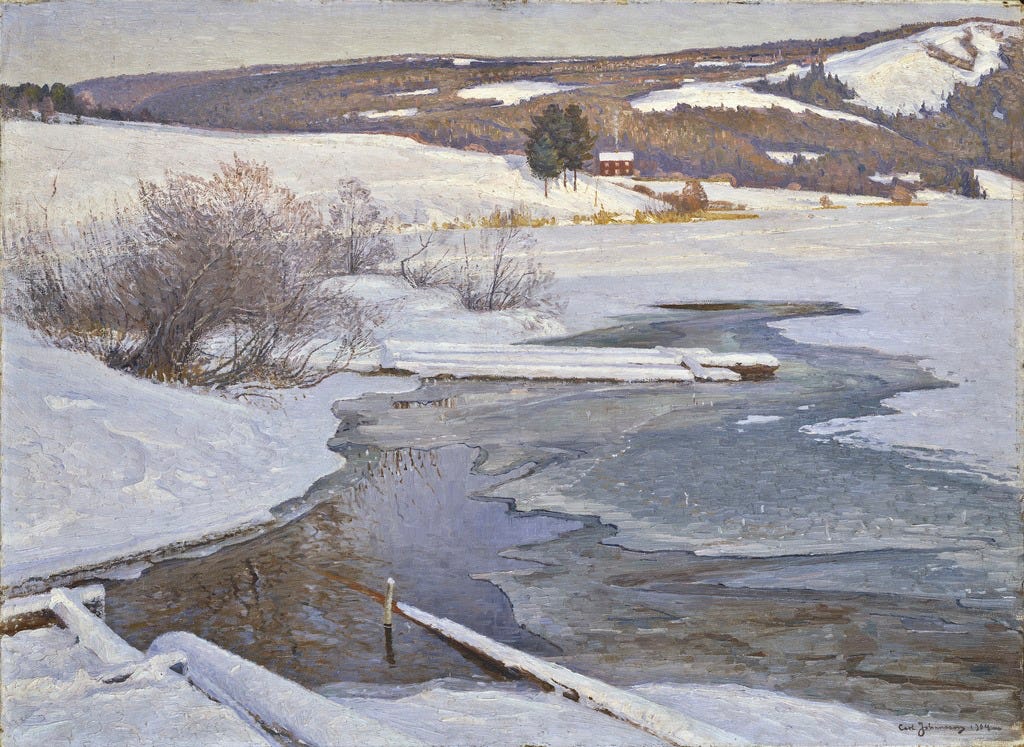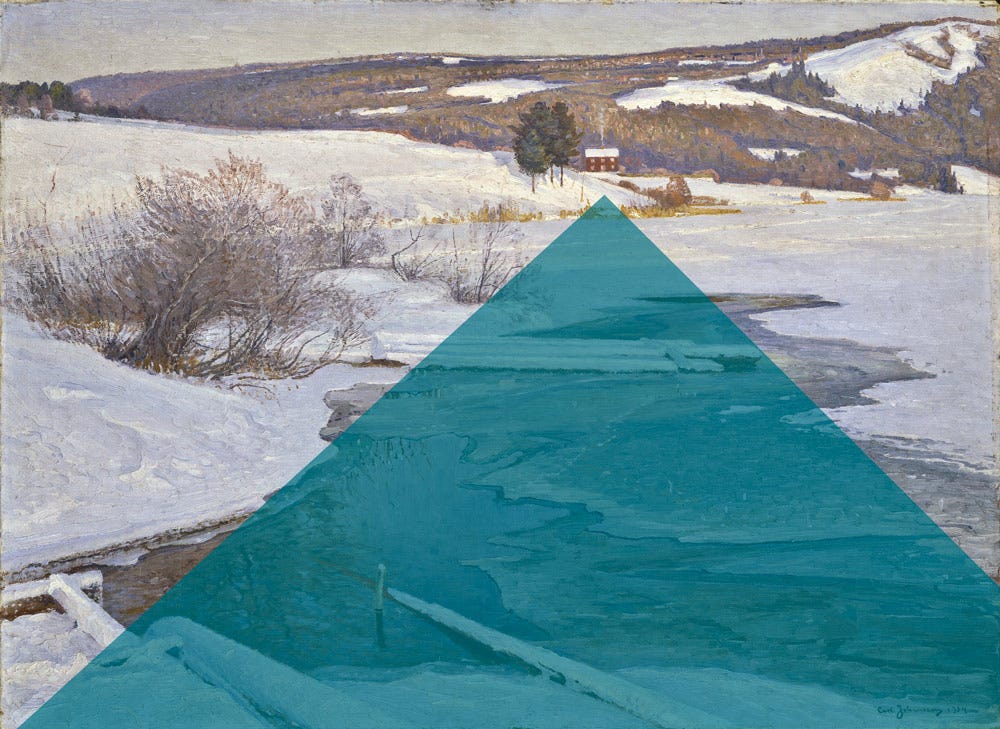Dear Reader,
In case you missed the first instalment of Learn to Look at Art, my new 12-part series designed to sharpen your understanding of art, here’s a reminder.
A full archive of the series will be available here, building month by month.
In each part, we’ll take a close look at how Western art communicates — through its methods of creation and visual orchestration — to uncover how artists construct meaning in their works.
My goal is to provide you with practical tools to help you feel more self-assured in front of a painting. Through exposure to a range of artworks from art history, you’ll build experience, and with it, your own powers of perception.
We’ll explore how individual artworks use visual language and artistic themes, such as composition, allegory, portraiture, symbolism and more, helping you to recognise similarities, differences and influences across time. Along the way, I’ll offer ways to read the subtle codes, creative decisions, and cultural contexts that shape what we see. Some paintings may already be familiar; others, less so, but all have something to teach us about how art works — and how we might learn to read them more fluently.
Part 1: Training Your Visual Awareness
Much of this has to do with developing the skill of visual awareness: training your eye to notice more and see more effectively. This first part of the series will seek to uncover how paintings work on a structural level, how they open themselves to being seen, the vantage point they offer, and the mood or response they consequently encourage in the viewer.

Among the treasures of the National Museum in Stockholm is this landscape painting that describes — in eloquent terms — A Cold September Day in Medelpad. It was painted in 1904 by the Swedish painter Carl Johansson (1863-1944).
The artist has placed us on the banks of an iced-up river amid a snowy landscape. The scene looks chilled, beautiful in a certain way, calm certainly, but also a touch hostile, with a precarious waterway ahead of us and rifts of deep snow piling up on its banks.
Yet there is still warmth to the image through the sense of serenity it provides, sustained by the harmonious balance of the painting’s elements. What makes this work so compelling is its effortless naturalism — even if, on closer inspection, it reveals itself to be a carefully constructed composition.
It’s easy to see how, for instance, the image is structured by an overall triangular shape. The triangle is not symmetrical but leans slightly to the right so that the apex touches the house in the far distance, positioned just off-centre. The waterway weaves left and right with natural, organic bends and arcs, but still it pulls the eye into the landscape and ultimately towards the house on the hill, from the harsh, frozen wilds to the security of home.
Meanwhile — and this is surely important — Johansson painted the house in a reddish-brown colour, a rare warm tone in a field of white. The plume of smoke from the roof also adds a dash of human presence: someone is at home and the fire is lit. In this way, the construction of the painting and its subject matter work together to create a single, psychological effect.
Keep reading with a 7-day free trial
Subscribe to Discover Art History - Christopher P Jones to keep reading this post and get 7 days of free access to the full post archives.


